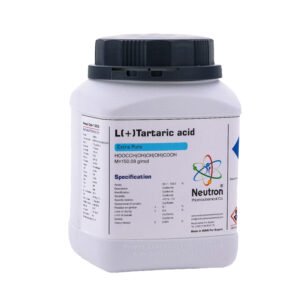Butyl acetate is a colorless, flammable organic ester with a fruity odor, widely used as a solvent in coatings, inks, adhesives, and in the manufacture of plastics and pharmaceuticals.
🏭⚗️ Production
Butyl acetate (C₆H₁₂O₂) is produced by the esterification reaction between acetic acid and butanol (usually n-butanol) in the presence of an acid catalyst, typically sulfuric acid, followed by purification through distillation.
🔬 Properties
The chemical formula is C₆H₁₂O₂ with a molar mass of approximately 116.16 g/mol. It is a clear, colorless liquid with a boiling point of about 126 °C, a melting point of -78 °C, and low solubility in water but miscible with most organic solvents.
🧪 Applications
Butyl acetate is commonly used as a solvent in paints, coatings, adhesives, printing inks, and in the production of various plastics and pharmaceuticals. It also serves as a flavoring agent in the food industry and in some laboratory applications as a solvent.
⚠️ Safety
Butyl acetate is flammable and can cause irritation to the eyes, skin, and respiratory system. It should be handled in well-ventilated areas with appropriate protective equipment such as gloves and goggles. It must be stored away from heat, sparks, and strong oxidizers.




